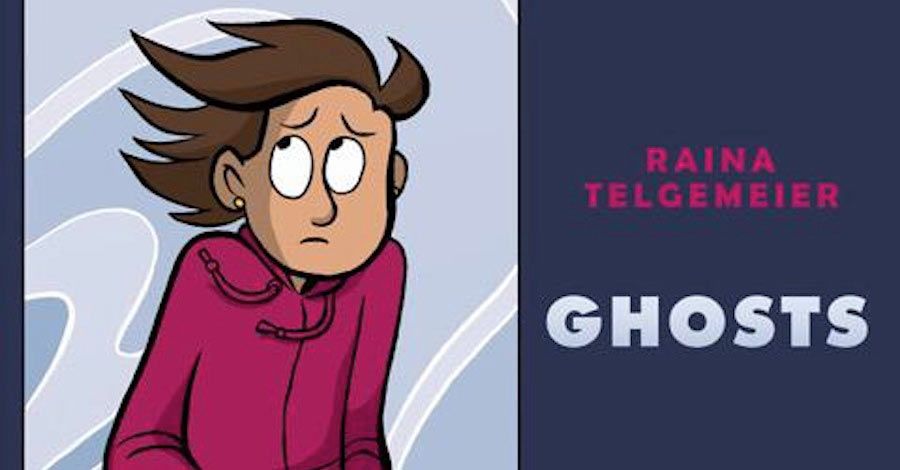

The missions were there (obviously) for a specific reason: to turn Native peoples into Catholics and to claim that land for Spain. That visit to the mission is the point where-for me-the story really starts to unravel. She says hi, but Carlos tells her that most of the people buried there were from Mexico, so, they like it when people speak Spanish to them. At first Maya (the younger sister) is taken aback, but in the next panels, we see the ghost hug her, so she decides it is a friendly ghost. In the story, the children visit a mission where they see ghosts. History, of course, informs the daily lives of White children, too, but in a way that means they're ignorant-and are taught ignorance-until they're deemed "ready" for that dark history. Native children, and children of color, know far more history than one might expect, because history informs and shapes our daily lives, today. I imagine some people defending the book by saying its audience isn't old enough for the complexity of that history, but that holds true only for a selected (possibly white) audience. The story she tells, and the reviews of her story, demonstrate (yet again) an ignorance of history. I think Telgemeier's Ghosts is one of those problematic books, but I don't think that Telgemeier is aware that she's doing that same thing.

One example (there are many) is Susan Cooper's Ghost Hawk. Paperback (September 13th, 2016): $10.Anytime I see a book that has something to do with ghosts, I wonder if the author is going to be contributing to the too-high-pile of problematic books with characters who are haunted or inspired by the ghost of a Native character.Juvenile Fiction / Social Themes / Adolescence & Coming of Age.



 0 kommentar(er)
0 kommentar(er)
